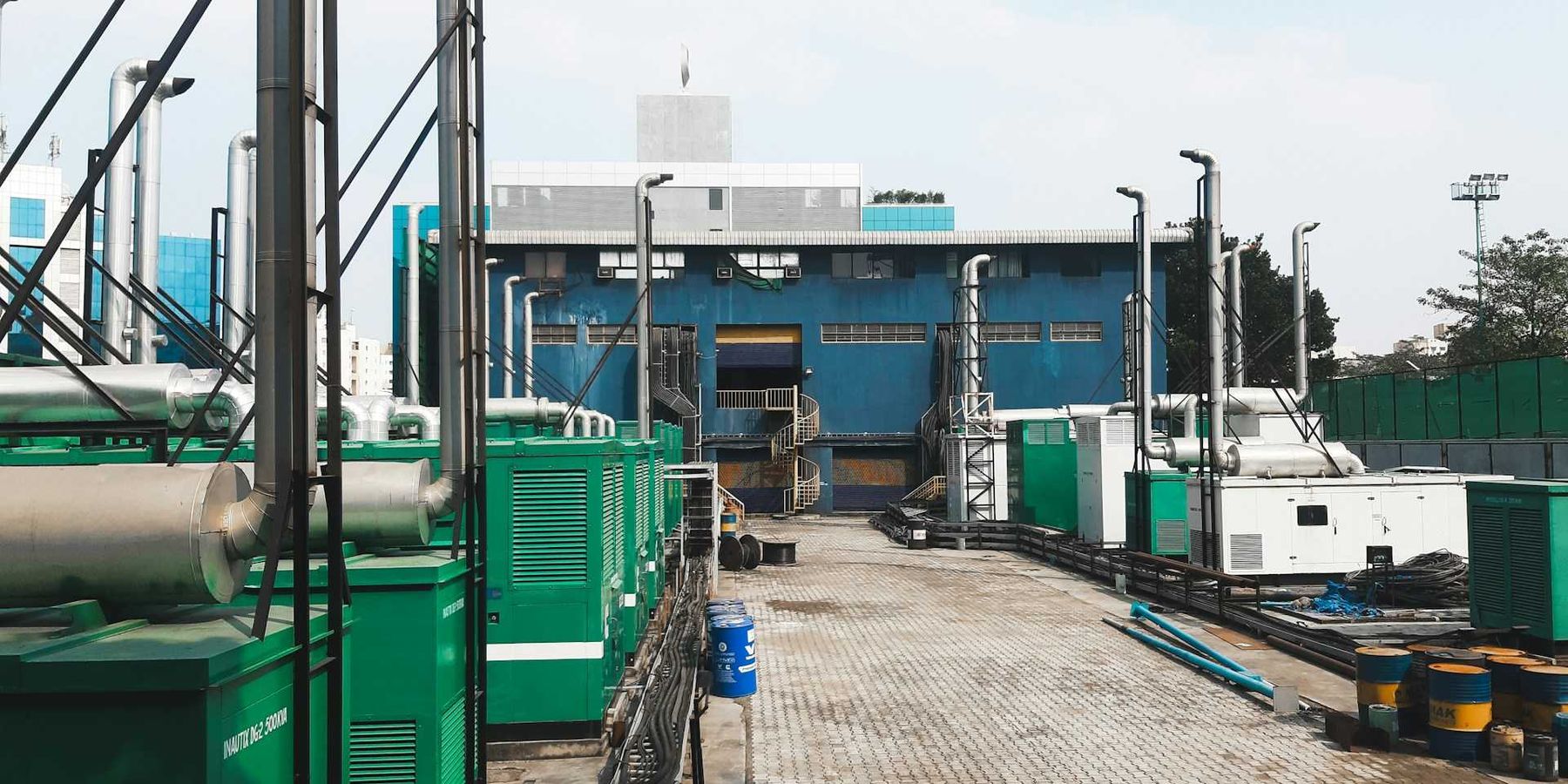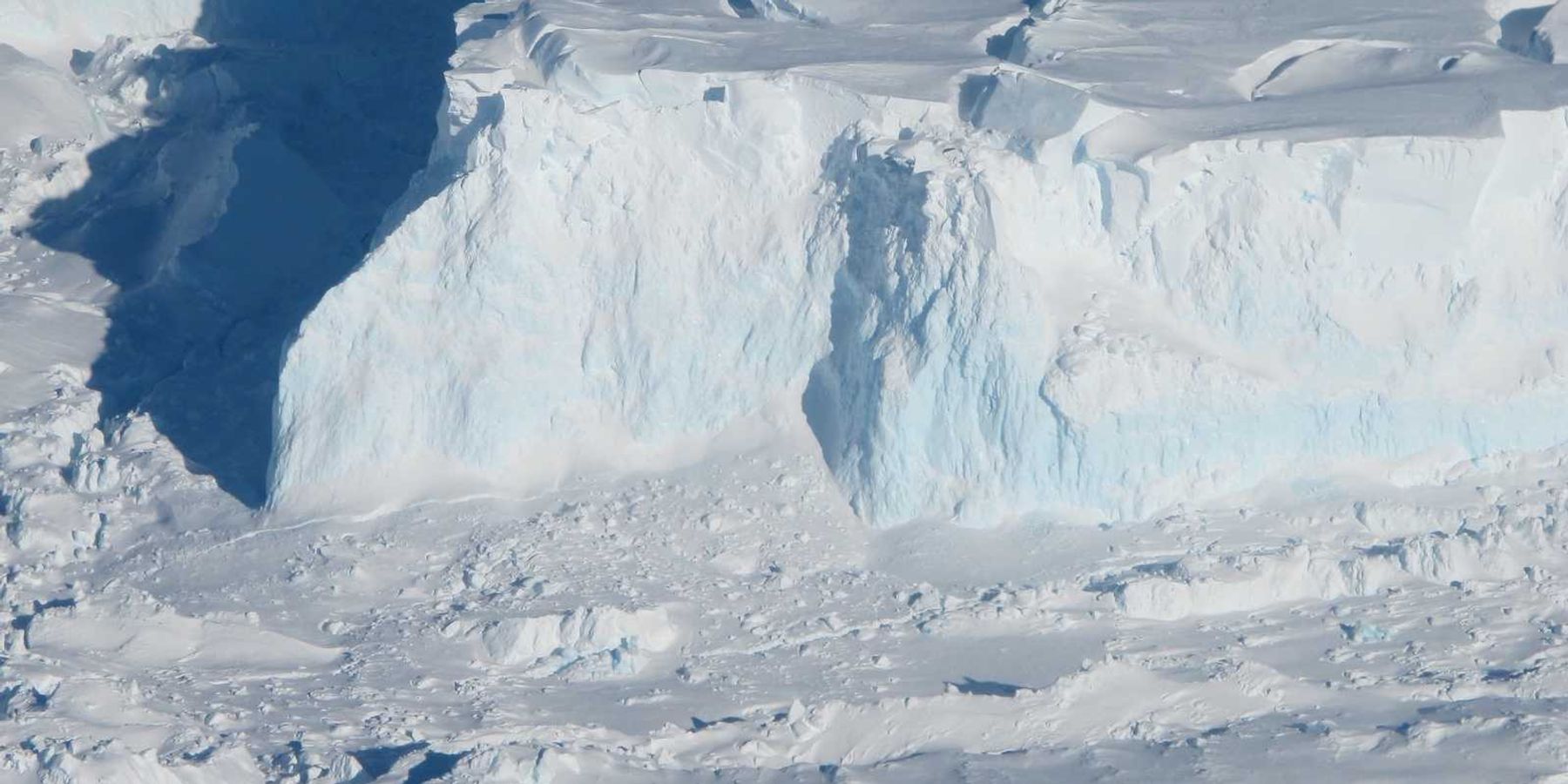Ohio budget cuts threaten Lake Erie algae control as climate pressures grow
Cuts to Ohio’s H2Ohio program and a pause in federal water monitoring threaten to stall progress in curbing toxic algal blooms in Lake Erie, even as climate change complicates future cleanup efforts.
Theo Peck-Suzuki reports for Inside Climate News.
In short:
- Ohio’s 2025–2027 budget slashes funding for H2Ohio, a program that incentivizes farmers to reduce phosphorus runoff and funds wetland projects that filter nutrients before they reach Lake Erie.
- The National Oceanic and Atmospheric Administration has paused deployment of toxin-monitoring devices due to federal staffing cuts under the Trump administration, limiting real-time data collection on algal blooms.
- Researchers warn that climate change is intensifying harmful blooms by bringing heavier rains and warmer water, making nutrient management and wetland design more difficult.
Key quote:
“Whenever it rains, that water goes into the soil, it dissolves the phosphorus just like your sugar in a coffee, and then that water leaves the field carrying the dissolved phosphorus.”
— Chris Winslow, director of the Ohio Sea Grant College Program at the Ohio State University
Why this matters:
Toxic algal blooms in Lake Erie pose a growing public health risk, with links to respiratory illness, liver damage, and contaminated drinking water. Phosphorus runoff, driven by agriculture, feeds these blooms, and climate change is making them harder to predict and manage. As rainfall increases and lakes warm earlier, blooms begin sooner and last longer, heightening the risk of exposure — especially during peak summer recreation and early-summer toxin spikes. Reduced state and federal funding threatens both preventative efforts and the ability to monitor emerging dangers. For the 11 million people who rely on Lake Erie for drinking water, and for the ecosystems already stressed by dead zones and oxygen loss, these changes represent not just environmental concern, but a daily health hazard.
Related: Millions risk losing clean water as Great Lakes lab faces severe budget cuts













